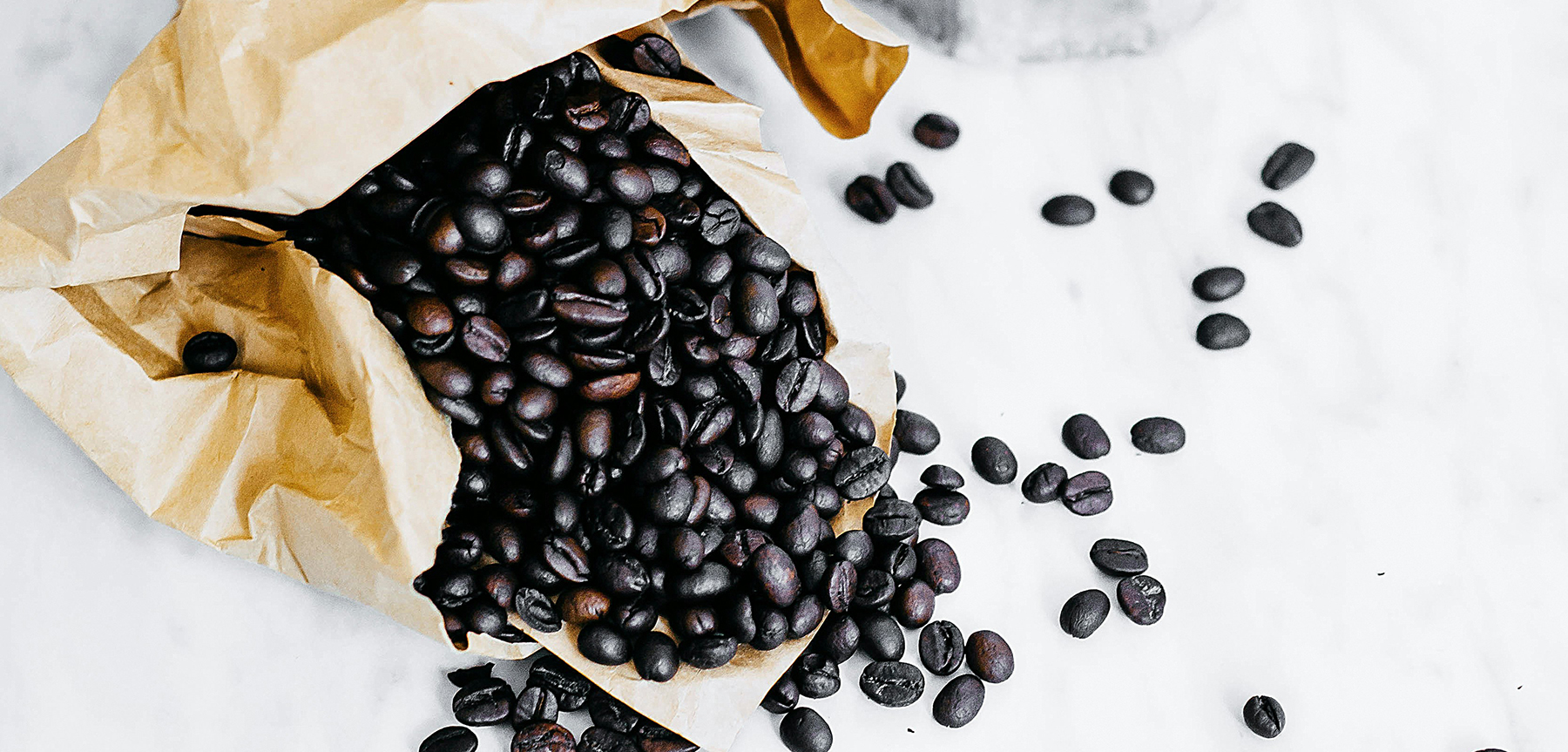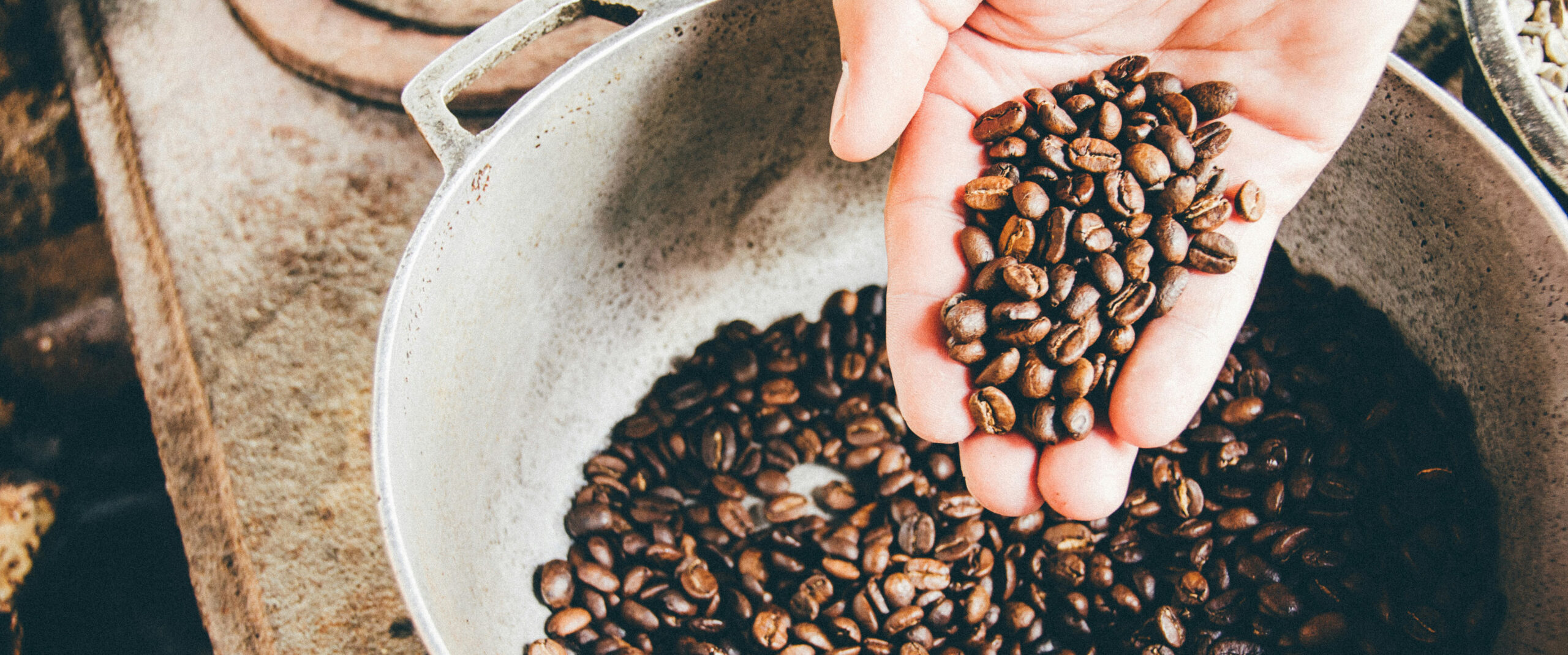
In the world of coffee, there’s a term that’s been brewing up a storm: single origin coffee.
But what is single origin coffee?
Simply put, it’s coffee sourced from one single producer, crop, or region in one country. It’s a term that’s often associated with higher quality, unique flavor profiles, and transparency in sourcing.
But there’s more to single origin coffee than meets the eye.
It’s not just about the taste, but also about the story behind each cup. It’s about the soil, the climate, and the altitude of the region where the coffee is grown. It’s about supporting small-scale farmers and promoting sustainable farming practices.
I’ve always been a purist at heart. If I get into something that I fall in love with, I want to know everything about it. I got to be a barista at a time in my life where I needed a break from the computer. I needed to explore other options to make sure I was doing what I love. In that time I was determined to be a Barista at Starbucks and faught an uphill battle to land that job. I eventually did and became determined to learn everything I could about coffee. I returned to the computer after 4 years, but in that time I learned not only about coffee itself, but sustainability, coffee farms, & the journey of the bean from farm to cup.
My journey didn’t stop when I left Starbucks. In fact, I still feel like 7 years later, that I have only scratched the surface. After I left, I became intrigued with single-origin coffees among other ideas surrounding coffee. I feel like I’ve been on this journey to find the perfect cup of coffee. What I’m beginning to understand is that I feel more connected to a coffee when I understand the story behind it.
For example, I’ve been getting a single-origin from Blueprint Coffee that I order off of Trade Coffee, which if you click this link for your order, I’ll get a free bag of coffee & so will you! The coffee is from San Miguel, Peru. This coffee is from a group of farmers from Jaen in the Cajamarca region of Peru. It’s considered single origin coffee as the beans are produced in the same community of farmers who all have small lots but coming together means that they can produce commercially. Blueprint Coffee makes sure to pay these farmer’s a fair wage which means they can provide for their families! Not only that, but the coffee is a delicious cup that is well represented in a Hario V60 pour over which really makes the bourbon & sweetness profiles stick out.
In this article, we’re going to get a bit nerdy and dive into the world of single origin coffee. Along the way, we’ll look at the benefits, production, and why it might just be your next favorite brew.
Whether you’re a coffee aficionado, a casual drinker, or just curious about the hype, prepare to embark on a journey from bean to cup. We’ll look into the hype around single origin coffee together. By the end, you’ll be able to decide for yourself! Just make sure you buy a bag and explore it on your own!
 When we talk about single origin coffee, we’re referring to coffee that comes from a single place. This could be a single farm, a specific collection of beans from a single country, or even a single mountain range.
When we talk about single origin coffee, we’re referring to coffee that comes from a single place. This could be a single farm, a specific collection of beans from a single country, or even a single mountain range.
The key is that the coffee is not a blend from multiple sources. Instead, it’s a pure representation of the flavor profile of one specific location.
This focus on a single source allows for a unique taste experience. It allows coffee enthusiasts to appreciate the distinct characteristics influenced by the soil, climate, and altitude of the region. It’s a journey of flavors, all from a single cup of coffee.
When it comes to coffee, one of the most significant decisions consumers face is whether to choose single origin coffee or mixed blends. Each option offers distinct experiences that cater to different preferences and tastes.
Mixed blends are created by combining coffee beans from various regions, farms, or even countries. This blending process aims to achieve a consistent flavor profile that appeals to a wide audience. The result is often a balanced coffee with familiar taste characteristics, making it a popular choice for many coffee drinkers.
In contrast, single origin coffee provides a unique and unadulterated experience, showcasing the specific characteristics of a particular region or farm. Coffee enthusiasts appreciate single origin coffee for its transparency and the ability to explore diverse flavors that reflect its geographical roots. Each cup tells a story, allowing drinkers to appreciate the intricacies of different growing environments.
While mixed blends offer consistency and accessibility, single origin coffee invites a sensory adventure that can deeply connect consumers to the origins of their drink.

The concept of terroir is crucial in understanding single origin coffee. Terroir is the idea that the coffee’s flavor is influenced by its growing environment. This includes factors like the soil, climate, and altitude of the region where the coffee is grown.
Each of these factors can have a significant impact on the taste of the coffee. For example, coffee grown at high altitudes often has a brighter acidity and more complex flavor profiles. On the other hand, coffee grown in volcanic soil may have a rich, full-bodied flavor.
Single origin coffee production is a meticulous process that requires attention to detail at every stage. From the selection of the coffee variety to the harvesting and processing methods, each step plays a crucial role in shaping the final taste of the coffee.
The coffee beans are often handpicked to ensure only the ripest cherries are selected. This labor-intensive process contributes to the higher cost of single origin coffee. But it’s a price many are willing to pay for the promise of a superior cup of coffee.
The journey of a single origin coffee bean from farm to cup is a fascinating one. It begins with the planting of the coffee tree, which can take up to four years to produce its first crop of coffee cherries.
Once the cherries are ripe, they are handpicked and then processed to remove the pulp and skin. The beans are then dried, either in the sun or using mechanical dryers. This drying process is crucial as it affects the flavor and quality of the coffee.

After drying, the beans are sorted and graded based on their size and quality. The highest quality beans are then selected for roasting. The roasting process is where the true flavors of the coffee are brought out. It’s a delicate process that requires skill and precision to ensure the unique characteristics of the single origin coffee are highlighted.
Finally, the roasted beans are packaged and shipped to coffee shops and retailers around the world. Here, they are brewed and served, completing their journey from farm to cup. Each sip of single origin coffee is a testament to the skill and dedication of the farmers and roasters who have contributed to its production.
Single origin coffee stands out for its unique flavor profiles and the story it tells about its place of origin. Each cup offers a sensory journey to the specific region where the coffee was grown. The flavors, aromas, and even the body and acidity of the coffee can vary greatly depending on the origin.
Moreover, single origin coffee offers transparency. You know exactly where your coffee comes from and can trace it back to a specific farm or region. This traceability is not just about ensuring quality, but also about supporting ethical and sustainable practices in the coffee industry.
Finally, single origin coffee is about celebrating diversity. It’s about exploring the rich tapestry of flavors that coffee can offer, rather than settling for a homogenized blend. Each single origin coffee is unique, offering a taste experience that can never be replicated.
Small-scale farmers play a crucial role in the production of single origin coffee. They are the ones who nurture the coffee trees, handpick the ripe cherries, and process the beans. Their skill and dedication are reflected in the quality of the final product.
Moreover, by choosing single origin coffee, consumers can support these small-scale farmers. The premium price of single origin coffee often means better compensation for the farmers, contributing to improved living standards and community development in coffee-producing regions.
Roasting is a critical stage in the production of single origin coffee. It’s where the green coffee beans are transformed into the aromatic, flavorful beans we know and love. The roasting process can significantly influence the taste of the coffee, highlighting or masking certain flavor notes.
For single origin coffee, the roasting is often tailored to the specific bean. The goal is not to create a consistent blend, but to enhance the unique characteristics of the coffee. This requires skill and precision, as even a few seconds can make a difference in the final taste.
The result is a coffee that truly reflects its origin. A coffee that offers a unique sensory experience, inviting you to explore the diverse world of coffee flavors.
 Single origin coffee is not just about taste. It’s also about making a positive impact. By choosing single origin coffee, consumers can support ethical and sustainable practices in the coffee industry. This includes fair compensation for farmers, sustainable farming practices, and preservation of biodiversity.
Single origin coffee is not just about taste. It’s also about making a positive impact. By choosing single origin coffee, consumers can support ethical and sustainable practices in the coffee industry. This includes fair compensation for farmers, sustainable farming practices, and preservation of biodiversity.
Moreover, single origin coffee can contribute to the local economy of the producing region. The premium price often leads to better living standards for farmers and community development. It’s a way to ensure that the people who work hard to bring us our daily cup of coffee are adequately rewarded.
Finally, single origin coffee can align with the values of consumers who care about the socio-economic impact of their purchases. It’s a choice that reflects a commitment to sustainability and responsible consumption.
Direct trade is a key aspect of single origin coffee. It’s about establishing direct relationships between coffee roasters and coffee farmers. This direct connection allows for transparency and traceability, ensuring that the coffee is ethically sourced.
Moreover, direct trade often means fair compensation for farmers. Instead of dealing with middlemen, farmers can sell their coffee directly to roasters, often at a premium price. This can lead to improved living standards and economic stability for coffee-producing communities.
Single origin coffee can also support biodiversity. By preserving indigenous coffee varieties and promoting sustainable farming practices, single origin coffee can contribute to the health of our planet.
Moreover, the traceability of single origin coffee can ensure that environmentally friendly practices are followed throughout the supply chain. From the farm to the cup, every step can be scrutinized to minimize the environmental impact.
In a world where climate change is a pressing issue, choosing single origin coffee can be a small step towards a more sustainable future.

Single origin coffee is a treat for the senses. It’s not just about drinking coffee, but about experiencing it. The unique flavors and aromas of single origin coffee can transport you to the region where the coffee was grown.
To fully appreciate single origin coffee, it’s important to pay attention to the brewing method. The right brewing method can highlight the unique characteristics of the coffee and provide a sensory experience like no other.
Pour-over, French press, and other manual brewing methods are often recommended for single origin coffee. These methods allow for precise control over the brewing process, which can enhance the distinct flavors of the coffee.
For example, the Melitta pour-over method can highlight the acidity and complex flavor notes of a single origin coffee. On the other hand, the French press can bring out the body and richness of the coffee.
Remember, the goal is not just to make a cup of coffee, but to appreciate the journey from bean to cup. So take your time, savor the process, and enjoy the unique flavors of single origin coffee.
The future of single origin coffee looks promising. As consumers become more knowledgeable about coffee, the demand for single origin coffee is expected to rise. This is not just a trend, but a shift towards quality and traceability in coffee consumption.
The rise of specialty coffee shops and home brewing has made single origin coffee more accessible. This, coupled with the increasing interest in coffee culture and traditions, is likely to fuel the growth of single origin coffee in the future.
The demand for traceability and quality in coffee is growing. Consumers want to know where their coffee comes from and how it’s produced. Single origin coffee, with its traceability and unique flavor profiles, meets this demand.
Moreover, the ethical implications of coffee consumption are increasingly important to consumers. Single origin coffee, with its focus on direct trade and fair compensation, aligns with these values. As consumers become more conscious of their purchases, the demand for single origin coffee is likely to increase.
Single origin coffee is not just about taste; it’s an experience. It’s about the journey from bean to cup, the story of the coffee’s origin, and the unique flavors that reflect its terroir. It’s about appreciating the skill and dedication of coffee farmers and the craftsmanship involved in coffee production.
Choosing single origin coffee is a statement. It’s a commitment to quality, traceability, and sustainability. It’s a way to support small-scale farmers and promote biodiversity. It’s a journey of discovery, a way to explore the diverse flavors of the world’s coffee-producing regions. It’s the future of coffee.
Thanks for stopping by. Post a comment below and join the chat!
We care a lot about the experience you have with coffee. A lot of work has gone into getting great beans to your door.
Get Updates From Us When We Create New Ways To Explore Coffee!